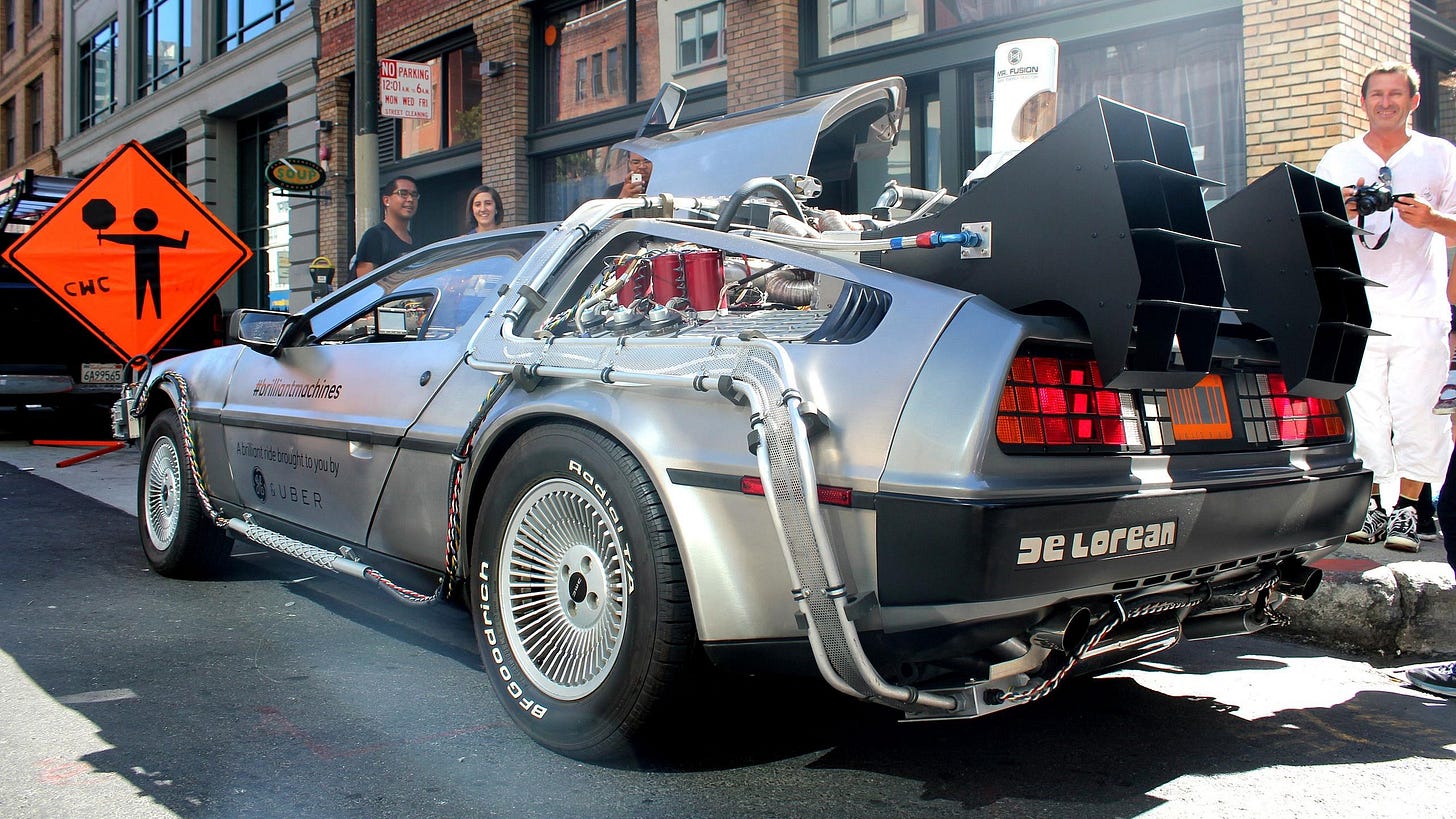The Illusion of Time
Why mechanical watches are philosophically sound even when they come up against modern physics!
I had some spare time and fell into a rabbit hole on YouTube today; this post is the outcome. For starters, let me ask you this: what the actual fvck is time, anyway?
If some smartarse physicist told you that time doesn’t really exist, what would you say?
Awkward silence, maybe? Or perhaps you might nervously adjust the chronograph on your wrist and look at him like he’s lost his marbles?
Either way, I’m here to report that physicist might be right. Carlo Rovelli explains that the fundamental distinction we make between past and future (one of the basic foundations upon which we experience watches) might be nothing more than a psychological trick!
Let that sink in for a moment.
Now what I find fascinating (apart from the philosophical rabbit hole), is how it also feeds the psychology behind why we collect watches in the first place. If time itself is more complicated than we thought, what exactly are we measuring with these mechanical machines we enjoy on our wrists?
Let’s find out!
Estimated reading time: ~ 9 minutes
The Onion
According to modern physics, time isn’t a single, uniform thing flowing throughout the universe. It’s more like an onion, in that it has many layers which look different, depending on your perspective.
For example, Einstein showed us that time moves at different speeds depending on height and velocity (speed). In terms of height, the logic is pretty straightforward; a clock on the ground floor of your house literally runs slower than one in your bedroom upstairs, and your head ages faster than your feet. To understand the theory regarding speed I’ll use an example instead. Say we could somehow make use of a spacecraft travelling close to the speed of light. If a 15-year-old leaving Earth on this spacecraft spends 5 years in space (from their perspective), and then returns home; according to measurements from this trip, this teenager would have been gone for 5 years, and have aged exactly 5 years - so they would appear to be a 20-year-old. But for everyone left behind on Earth, a full 50 years would have passed! I am not making this up.
This is known as time dilation, and physics shows that when something moves very fast, it experiences time more slowly than when it is not moving at all1.
All this is actually measurable using ultra-precise atomic clocks which can detect time differences at height differences as low as 40-50 centimetres. We just don’t notice these differences in our daily lives because they are too small for human perception.
But all this is all just the beginning, because get this: there is no “now” either!
That’s right, there is no universal “now” moment which anyone can ever share. When you look at someone across a room, you are seeing them as they were a fraction of a nanosecond in the past (because light takes time to travel). Obviously for people on Earth, this lag is imperceptible, but if your buddy were on Jupiter, you’d see them as they were two hours ago. If they were on a distant star, you’d see them as they were hundreds or even millions of years ago.
Even with this post; I am writing now, and you are reading now, but is it the same now? Obviously not. But even if I was standing right next to you as you read this now, that common “now” is basically an approximation which only works within small distances.
The Arrow of Time and Entropy
I already covered this in an old post, so I will link it here and go over it very briefly.
If time is not flowing uniformly throughout the universe, and even the concept of “now” is not universal, what about the obvious difference between past and future?
Surely that is absolute, right?
Nope; not according to physics! The most fundamental laws of nature – from quantum mechanics to general relativity – do not distinguish between past and future. They seem to work perfectly fine in either direction.
The only reason we experience an arrow of time (past → future) is because of something called entropy – basically, the measure of disorder in a system. The universe started in an extremely ordered state and has been getting more disordered ever since.
Physicist Sean Carroll explains:
“The Universe started out simple and low entropy. In the future, the stars will die, the black holes will evaporate. It'll be dark, empty, and again, simple, but high entropy. It's in between that things like us...can and do come into existence.”
The increase in entropy is what creates the illusion of time flowing - the key thing to note is this is not built into the laws of physics; it is just a consequence of how the universe began. Read the linked post if you want to pull on this thread some more.
Collecting Time
So what the hell does any of this have to do with watches?
Everything, actually.




